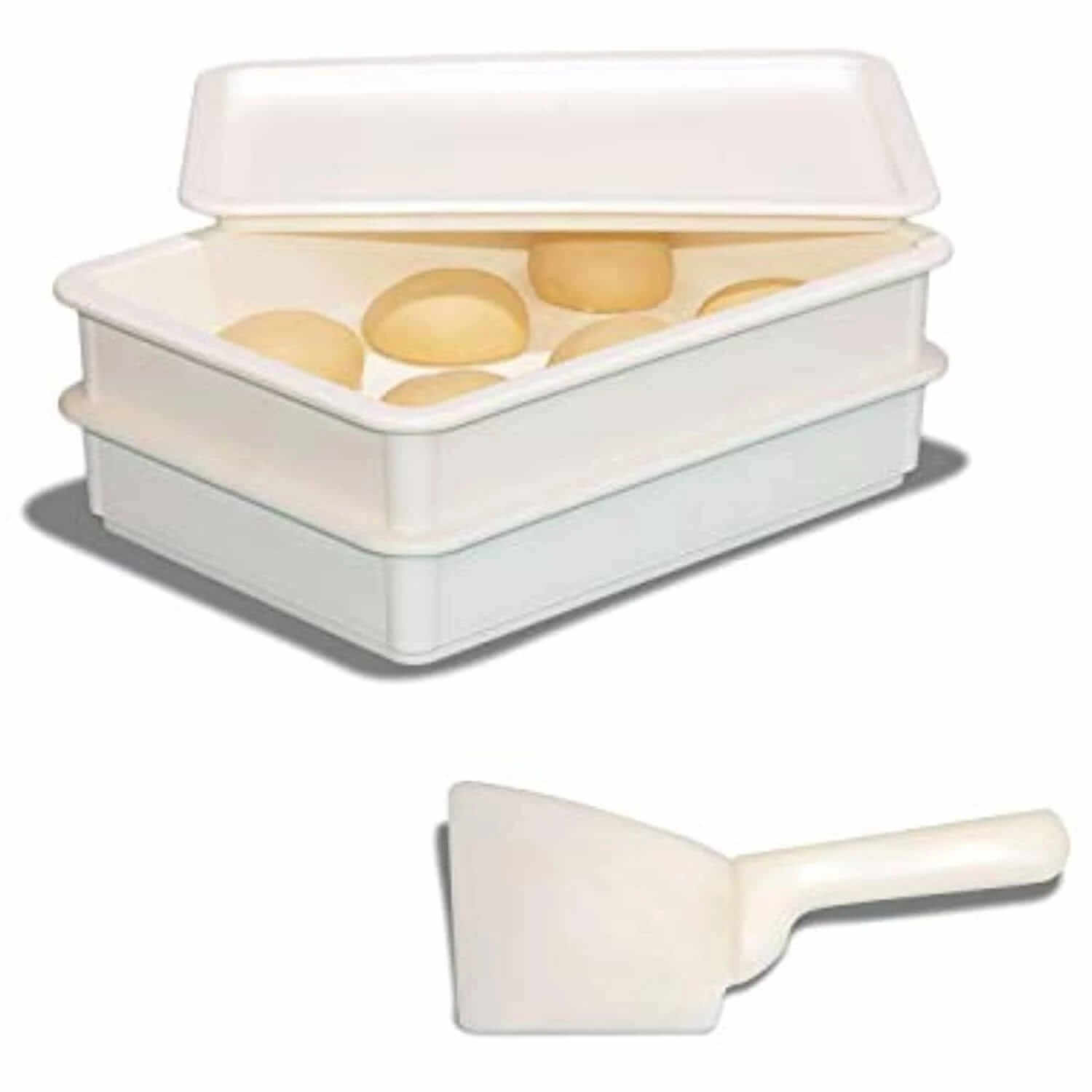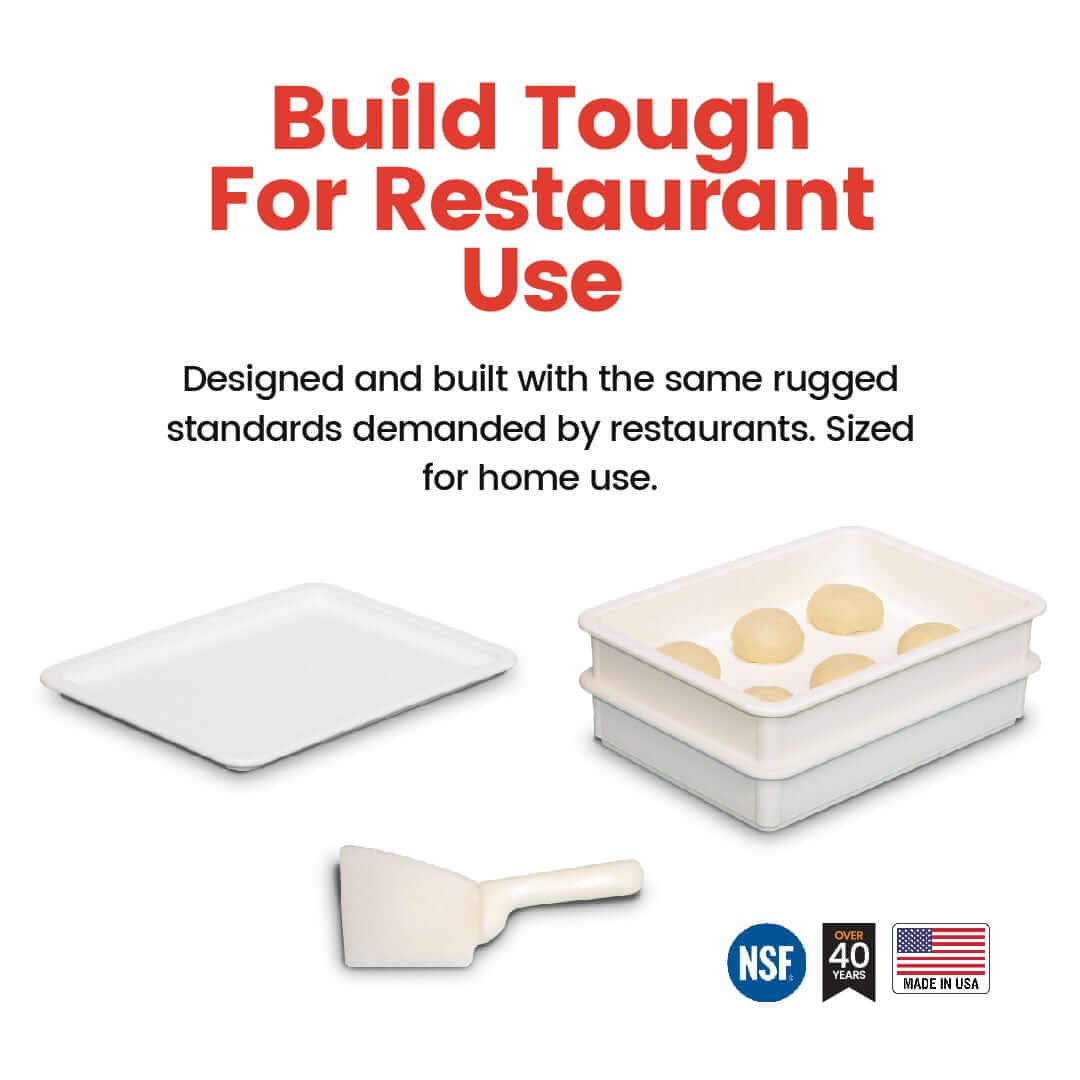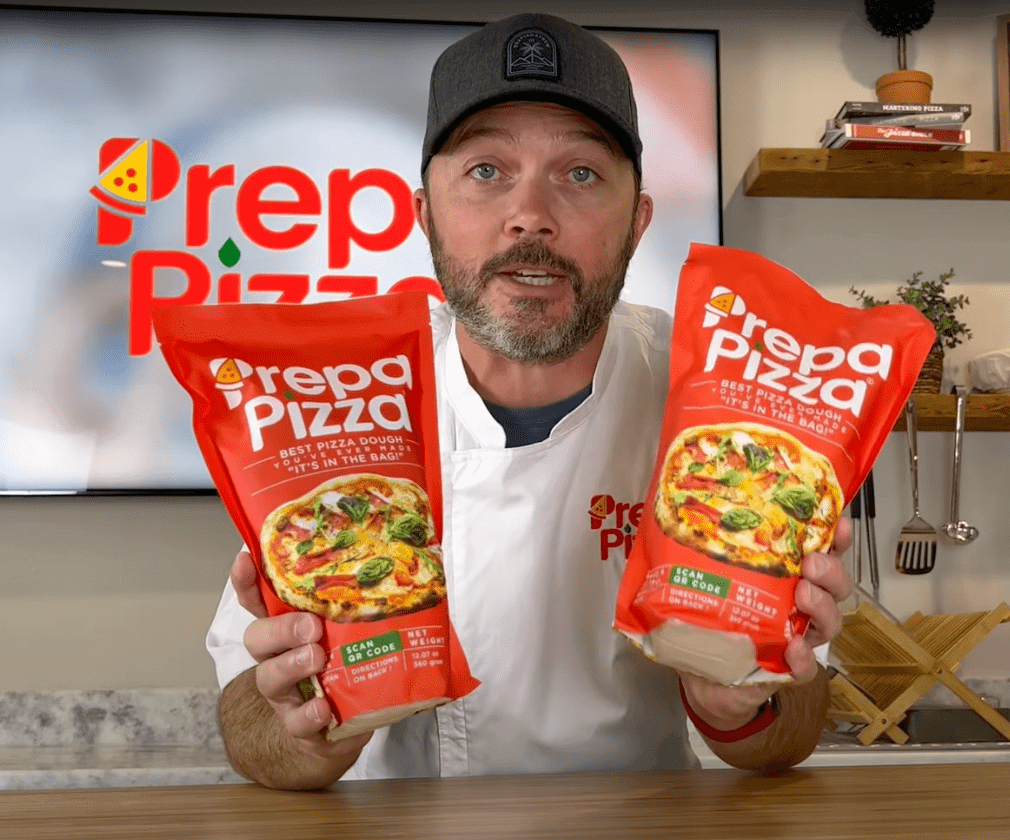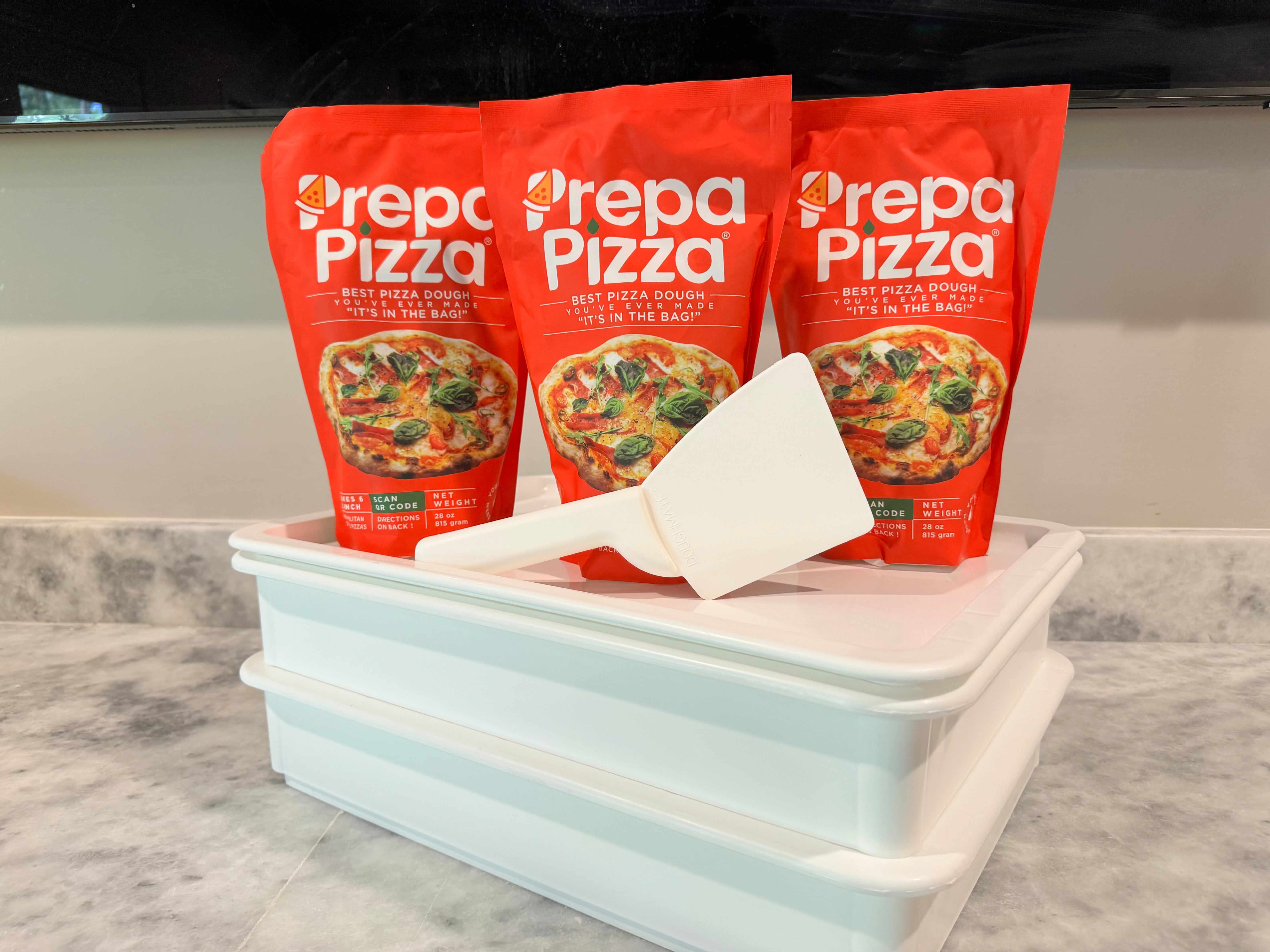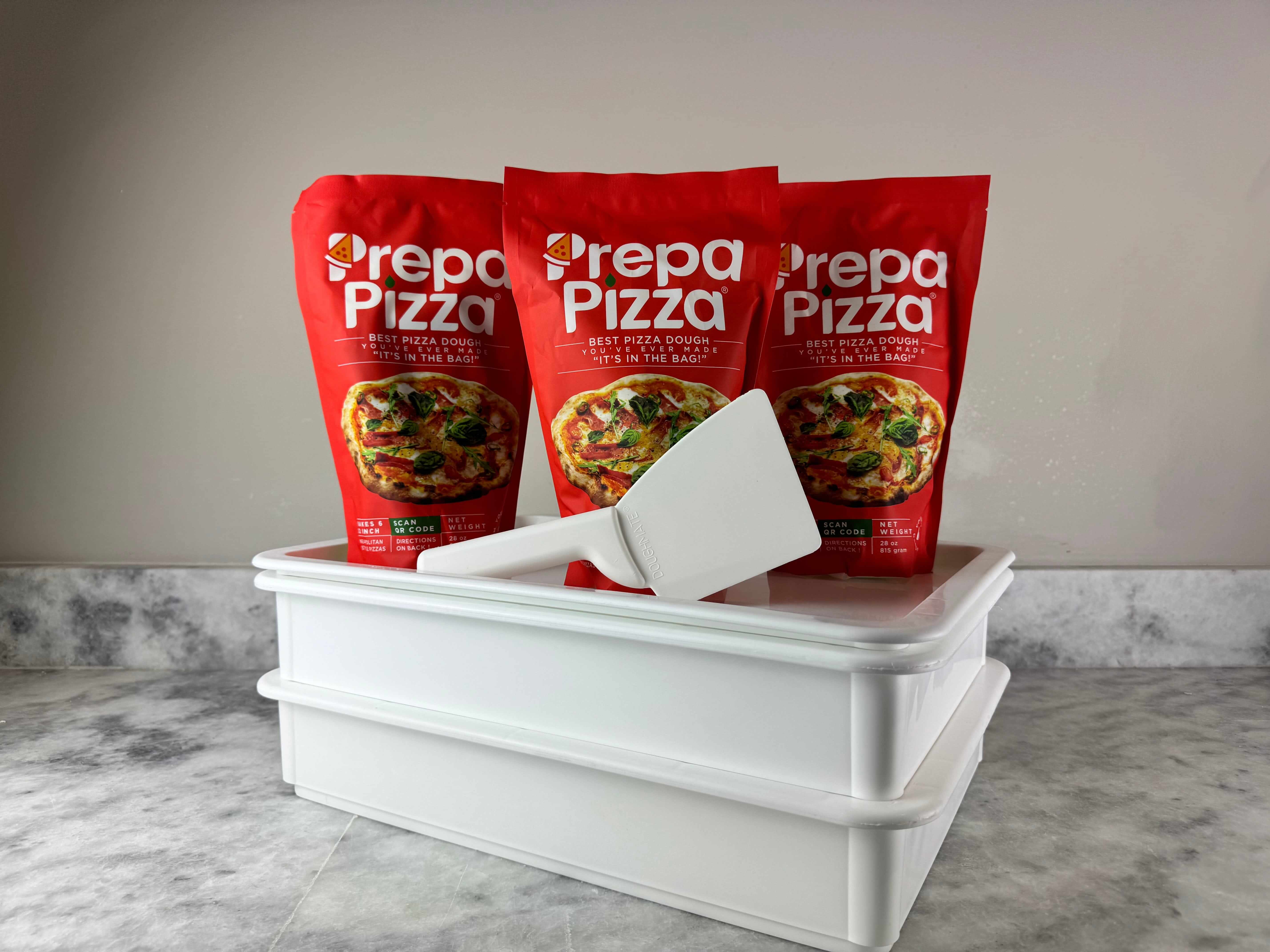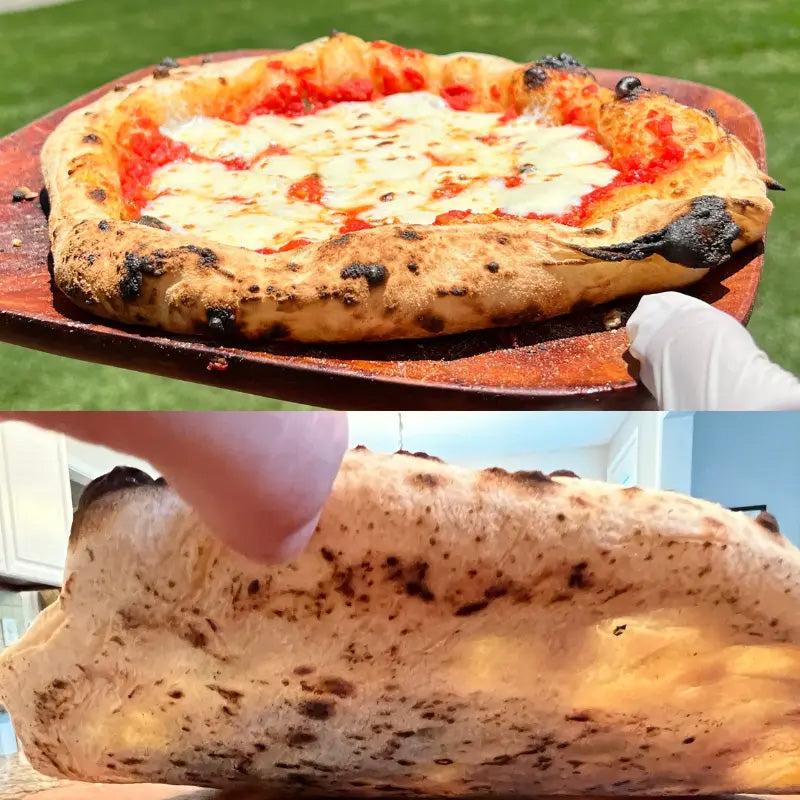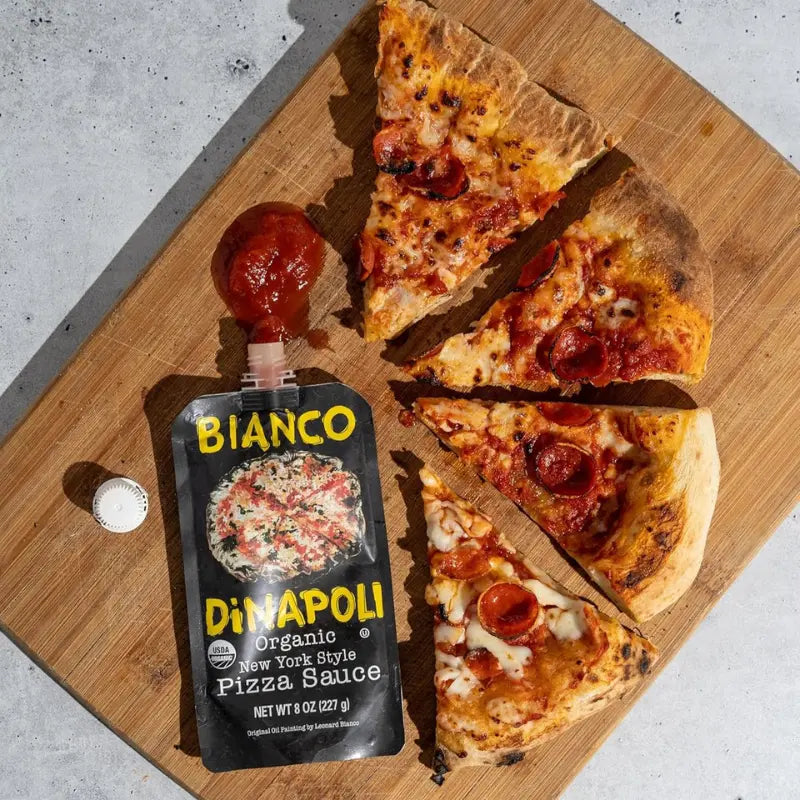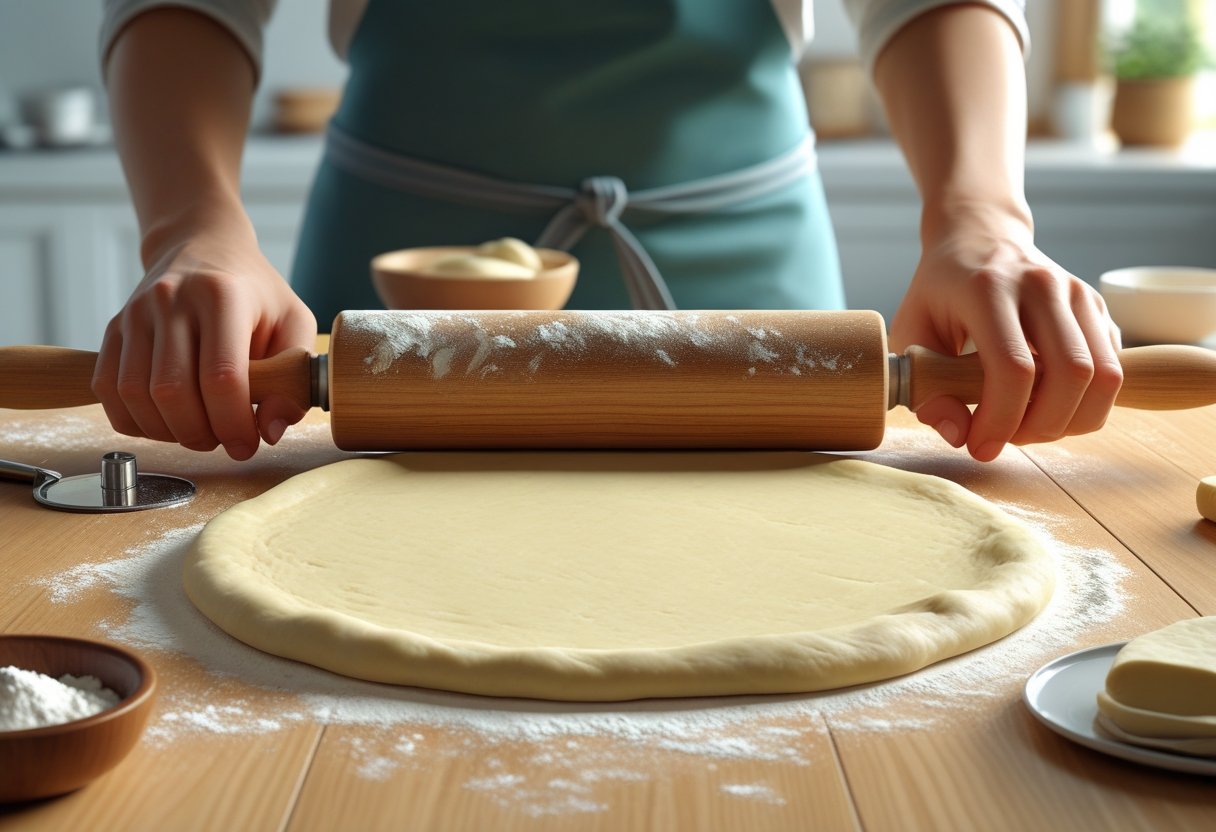
How to Roll Out Premade Pizza Dough Evenly for a Perfectly Thin Crust Every Time
Rolling out premade pizza dough evenly is key to achieving a perfectly cooked, restaurant-quality crust every time. With Prepa Pizza’s premium dough, made from carefully selected ingredients, you already have a head start. To roll out dough evenly, gently stretch it from the center outward using consistent pressure, dusting your surface lightly with flour to prevent sticking. This simple method helps avoid tears and ensures an even thickness across your pizza.
When using Prepa Pizza’s premade dough, available through their Pizza Dough Kit, you benefit from a product designed to stretch smoothly and maintain elasticity. Proper preparation, including letting the dough rest and turning it as you roll, makes the process easier and results in a consistent, thin crust ready for your favorite toppings.
Key Tools and Surfaces for Rolling Out Premade Pizza Dough
To roll out premade pizza dough evenly, having the right tools and work surface is essential. The quality of both affects how easily the dough stretches and how uniform the crust becomes. Using premium dough like Prepa Pizza's ensures you start with the best foundation for your pizza.
Prepare your space and select equipment designed to prevent sticking and uneven thickness. This will help you avoid tearing and handle the dough with more control.
Essential Equipment
You’ll need a rolling pin to shape the dough, but not just any rolling pin will do. A smooth, heavy rolling pin distributes pressure evenly, which helps achieve consistent thickness across the dough. If you don't have a rolling pin, a clean wine or olive oil bottle can substitute, but they won’t be as effective for uniform rolling.
Dust your rolling pin lightly with flour to prevent sticking without drying out the dough. Keep a small bowl of flour nearby for dusting the surface and dough as needed.
A bench scraper or spatula is useful for lifting and repositioning the dough gently during rolling, preventing it from sticking to the work surface.
Best Work Surface Preparation
The work surface should be clean, flat, and ideally cool to prevent the dough from warming and becoming sticky. Marble or granite countertops are excellent because they stay cool, helping maintain dough texture while you roll.
Flour your work surface generously to create a barrier between the dough and the countertop. Use just enough flour to prevent sticking without over-coating the dough, which can make it tough.
If you lack stone surfaces, you can use a large wooden or plastic cutting board, but be vigilant about flouring to minimize sticking. Keep rotating and lifting your dough frequently to ensure it’s not sticking at any point.
Choosing the Right Rolling Pin
Select a rolling pin that feels comfortable and balanced in your hands. A French-style pin (tapered) gives you better control over pressure distribution, while a traditional straight pin can be easier for beginners due to its weight.
For premade dough like Prepa Pizza’s premium dough, a medium-weight pin is preferable. Too heavy, and you risk over-thinning parts; too light, and you may press unevenly.
Keep the rolling pin cool and lightly floured during rolling. Avoid dough sticking by frequently dusting both the pin and dough lightly with flour as you roll outward from the center.
Preparing Premade Pizza Dough for Even Rolling
To roll out premade pizza dough evenly, you need to focus on proper preparation before you start stretching. Handling the dough carefully and using the right techniques helps prevent tearing and uneven thickness. Quality dough like Prepa Pizza’s premade pizza dough ensures a reliable base for these steps.
Prepa Pizza offers premium, restaurant-quality dough made with select ingredients. Their dough kit gives you a consistent texture that responds well to rolling, making preparation easier and results better. You can get started with Prepa Pizza’s premade dough directly from their product page.
Bringing Dough to Room Temperature
Start by removing the premade dough from refrigeration and letting it rest at room temperature for at least 30 minutes. Cold dough is stiff and resists stretching, increasing the chance of tearing or uneven spots.
Warming the dough makes it more pliable and easier to roll out smoothly. Avoid rushing this step; properly warmed dough stretches without bouncing back or shrinking.
Check that the dough feels soft but not sticky before you begin. Handling dough that’s too cold can disrupt the final texture of your pizza crust.
Proper Dough Handling
Handle the dough gently to maintain its structure. Avoid aggressive kneading or pressing, which can cause air bubbles to burst and lead to inconsistent thickness.
Use your fingers to press the dough into a disc before moving to a rolling pin. You want to start flattening it gradually from the center outward, maintaining uniform pressure.
If the dough resists stretching, let it rest another 5-10 minutes to relax the gluten. This makes the dough more elastic and easier to shape without tearing.
Preventing Sticking with Flour or Oil
Prevent the dough from sticking to your surfaces by lightly dusting your countertop and rolling pin with flour. Use just enough flour to keep the dough from sticking but not so much that it dries out the surface.
Alternatively, you can rub a thin layer of olive oil on your hands and work surface. This creates a slick barrier that also adds subtle flavor to the crust.
Both methods help you control the dough’s movement, allowing for even rolling and a smooth final crust texture. Adjust the amount as needed to avoid dough drying or difficulty in rolling.
Step-by-Step Techniques for Rolling Out Dough Evenly
Using Prepa Pizza’s premade dough gives you a consistent, high-quality base for your pizza crust. To get the best results, focus on even stretching or rolling, which ensures uniform thickness and a balanced bake. Pay attention to your technique and tools as you work to avoid thin spots or uneven edges.
Mastering both hand stretching and rolling pin methods will help you shape your dough precisely to your desired size. Below are clear steps to guide you through each approach.
Hand Stretching Methods
Start by gently pressing your Prepa Pizza dough into a flat disk on a floured surface. Use your fingertips to push from the center outward, rotating the dough as you go to maintain a round shape.
Pick up the dough and drape it over your knuckles, gently stretching by rotating it in a circular motion. Avoid tearing by working slowly and evenly, letting gravity help expand the dough naturally.
If you feel resistance, pause and let the dough rest for a few minutes. This relaxes gluten tension and prevents shrinking or uneven thickness.
Hand stretching gives you control over the edges and keeps air bubbles intact. It’s especially useful if you want a thicker crust around the rim for a restaurant-quality finish.
Using a Rolling Pin Effectively
Lightly flour your countertop and the rolling pin to prevent sticking. Place your Prepa Pizza dough in the center and start rolling from the middle outward.
Apply even pressure, turning the dough a quarter turn after every few rolls to encourage uniform thickness. Avoid pushing too hard, which can create thin spots or tears.
If the dough springs back while rolling, let it rest for 5 minutes and try again. This relaxation improves elasticity and makes rolling smoother.
Use a large, smooth rolling pin for best results. Keep rolling until your dough reaches your preferred diameter, usually about 12 to 14 inches for a standard pizza crust.
Both methods will give you a flat, even dough with practice but using a rolling pin often achieves quicker, more consistent results for thinner crusts.
For premium results, start with Prepa Pizza’s dough, which is formulated for ease of handling and perfect stretch every time. Check out the full Prepa Pizza Dough Kit to get started.
How to Avoid Common Issues When Rolling Out Premade Pizza Dough
Using Prepa Pizza’s premium premade dough can make your pizza experience much smoother. However, even high-quality dough requires careful handling to maintain its texture and shape. Focus on gentle techniques and proper preparation to keep the dough workable and avoid problems like tearing or shrinkage.
Addressing these issues early helps you roll out your dough evenly and achieve a perfect crust every time.
Preventing Tearing
Tearing usually happens when the dough is too dry or stretched unevenly. Before you start, let your Prepa Pizza dough rest for about 5 minutes at room temperature after removing it from the fridge. This relaxes the gluten, making the dough more pliable.
Use a rolling pin to roll from the center outward with steady, even pressure. Avoid rolling back and forth over the same spot, which can cause thin spots and tearing. Lightly dust both the surface and dough with flour to prevent sticking, but avoid using too much flour as it can dry the dough out.
If you notice small tears forming, stop rolling immediately and gently press the dough back together without pulling. Using a light touch preserves the dough’s elasticity and prevents further damage.
Minimizing Shrinkage
Shrinkage happens when gluten is overworked or the dough is too cold. To reduce this, do not over-handle your Prepa Pizza dough, as excessive stretching tightens the gluten network. Aim to work the dough just enough to reach your desired size.
Rolling the dough starting from the center outward helps distribute tension evenly, which lowers the chance of it retracting. If the dough starts pulling back, let it rest for a few minutes to let the gluten relax before continuing.
Avoid cold dough; if your dough is refrigerated, allow it to come to room temperature fully. This step is essential to make it softer and more stretchable, preventing shrinkage during rolling. For more detailed tips on working dough without shrinkage, visit this guide on how to roll out pizza dough without it shrinking.
Achieving Uniform Thickness and Shaping the Pizza Base
For best results, focus on maintaining an even dough thickness across the entire base and creating a well-defined edge or crust. Using tools and simple techniques will help you get consistent results with your premade dough from Prepa Pizza, which is crafted with restaurant-quality ingredients to ensure ease of handling and great texture.
You want your pizza base evenly thin where it matters but slightly thicker at the edges to hold toppings and create a balanced bite.
Measuring Dough Thickness
To roll out your Prepa Pizza premade dough evenly, start by lightly flouring your work surface and dough to prevent sticking. Begin rolling from the center outward, applying even pressure. Periodically lift the dough to eye level and inspect its thickness.
Aim for about 1/4 inch (6 mm) in thickness for a typical crust unless you prefer thinner or thicker options.
Using a ruler or a dough thickness guide can help maintain uniformity. If the dough is thicker in some areas, gently press down or roll over those spots again.
Avoid pressing the dough too hard, which can cause uneven thickness or tearing, especially since Prepa Pizza dough is delicate yet resilient due to its quality ingredients.
Forming Edges and Crust
Once the dough is uniformly rolled, create the crust by gently pushing and folding the outer edge of the dough inward about 1/2 inch (1.3 cm), then pressing it down lightly to form a raised barrier.
This crust edge traps air during baking, enhancing the texture and preventing toppings from sliding off.
Avoid overworking the edges; too much handling can toughen them. Instead, use a gentle motion to lift the dough and shape the border evenly around the circle.
For a cleaner look, you can pinch the dough at intervals around the edge to define a consistent crust height. Prepa Pizza dough’s premium quality ensures the crust holds shape well during baking, giving you a professional finish every time.
For detailed tips on stretching and shaping, explore Prepa Pizza’s guidance on handling their dough.
Frequently Asked Questions
Achieving an even roll on your pizza dough depends on proper resting, gentle handling, and correct technique. Using high-quality premade dough helps you focus on shaping without worrying about ingredient consistency or gluten development.
Prepa Pizza offers premium quality premade dough made with restaurant-grade ingredients to give you consistent results every time. Their Prepa Pizza Dough Kit is ideal for rolling out dough evenly with less shrinkage and easier stretching.
What is the best technique to prevent pizza dough from sticking when rolling?
Lightly flour your work surface and rolling pin to prevent sticking, but avoid overflouring as it can dry out the dough. Using a silicone baking mat or parchment paper underneath the dough can also reduce sticking without excess flour.
Keeping the dough slightly chilled and letting it rest covered reduces stickiness. You want the dough relaxed but not cold enough to resist stretching.
How can one roll out pizza dough without it shrinking back?
Allow the dough to rest for 10 to 15 minutes before rolling to relax the gluten, reducing elasticity that causes shrinking. Avoid overworking the dough, as excessive kneading can make it tough and more likely to retract.
Gently stretch from the center outward instead of pulling aggressively. You can also cover the dough while resting to prevent it from drying out, which helps maintain stretchiness.
What are the essentials of stretching pizza dough for beginners?
Resting the dough properly before stretching is key. Start with a flat disc, then use your fingers or knuckles to gently press and stretch the dough, rotating regularly to maintain even thickness.
Avoid pulling too hard or unevenly. Using Prepa Pizza’s consistent premade dough helps beginners get comfortable with stretching due to its balanced hydration and gluten content.
Can you provide tips for using a rolling pin to roll pizza dough evenly?
Roll from the center of the dough outward in all directions for an even thickness. Flip and rotate the dough frequently to maintain shape and prevent sticking.
Use light pressure; pressing too hard can cause uneven thickness or tears. Dust your rolling pin lightly with flour, or use a floured cloth over your dough for smooth rolling.
What are the professional tricks to open pizza dough effectively?
Professionals often use hand-stretching techniques to avoid compressing the dough too much with the rolling pin. Supporting the dough on your knuckles while gently rotating it lets gravity assist in stretching.
Resting the dough covered and at room temperature makes it more pliable. Using Prepa Pizza’s premade dough ensures you start with a well-developed gluten structure essential for professional results.
Is it possible to stretch pizza dough without using any flour, and how?
Yes, by using a well-rested, slightly hydrated dough like Prepa Pizza’s premade dough, you can stretch it on a lightly oiled surface instead of flour. The oil prevents sticking and helps maintain moisture in the dough.
Work slowly and gently to avoid tears, and keep the dough covered to prevent drying out. This method is great for thinner crusts and cleaner surfaces.




